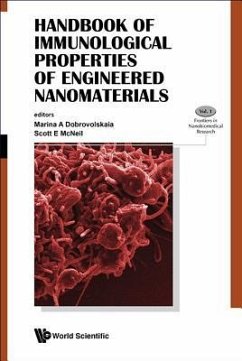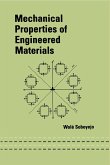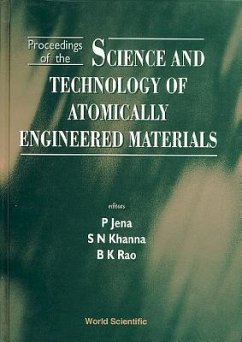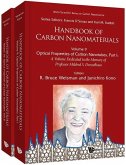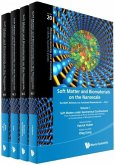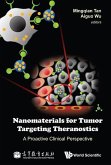The Handbook of Immunological Properties of Engineering Nanomaterials provides a comprehensive overview of current literature, methodologies, translational and regulatory considerations in the field of nanoimmunotoxicology. The main subject is immunological properties of engineered nanomaterials. The focus areas include interactions between engineered nanomaterials and red blood cells, platelets, endothelial cells, professional phagocytes, T cells, B cells, Dendritic cells, complement and coagulation systems, interaction with plasma proteins, nanoparticle sterility and sterilization. Each chapter includes a comprehensive literature review of a given area; describes protocols and resources available to support research in individual focus area; highlights challenges; and outlines unanswered questions and future directions. In addition, the handbook provides an overview and a practical guide to physicochemical characterization of engineered nanomaterials essential to conducting meaningful immunological studies of nanoparticles. The handbook also reviews regulations related to immunotoxicity testing of materials prior to their translation into clinic. It is written by top experts in the field of nanomedicine, nanotechnology and translational bionanotechnology representing academia, government, industry, consulting organizations and regulatory agencies. The handbook is designed to serve as a textbook for students, a practical guide for research laboratories and an informational resource for scientific consultants, reviewers and policy makers. It is written such that both experts and beginners will find useful information.

